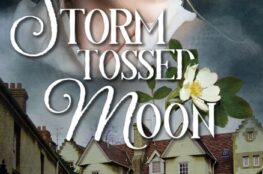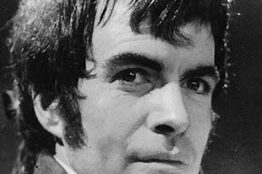The 13th and 14th March sees the anniversary of the devastating Clydebank Blitz of World War 2. Almost 250 bombers of the Nazi German Luftwaffe pounded the Clydeside town for two nights in a row. Their targets were the shipyards, the oil depots and the munitions factories, one of the latter in the giant Singer Sewing Machine factory, which had been turned over to munitions for the duration.
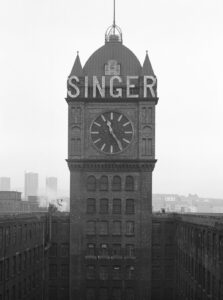
The clock tower survived the bombs, only to be demolished after the war. The Luftwaffe bombers also hit the distillery at Yoker, on the eastern edge of Clydebank, leading to the sweet smell of whisky rising up over the town.
The people of Clydebank lived in their tenement houses cheek-by-jowl with all the industry and casualties were high. Over 1,000 were killed and the same number wounded. Hundreds more were made homeless. Only seven buildings in the town remained unscathed.
A poignant photograph shows a family who had survived leaving their wrecked home to find shelter elsewhere.
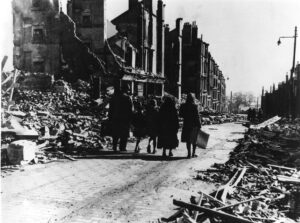
Growing up as part of the post-war generation, I heard my parents and other relatives telling their stories of the Blitz. My father was a railway shunter in Rothesay Dock, on the night shift. He and his workmate sheltered under a railway goods wagon. My mother, expecting my elder brother, was in their rented rooms on Great Western Road up in Glasgow’s West End. She took refuge in the crypt of the nearby Kelvinside Parish Church, now arts and entertainment venue Oran Mor.
Later on, I was lucky enough to meet other Bankies who had vivid memories of those terrible nights. One young woman couldn’t hold a cup and saucer for weeks afterwards without them rattling, still suffering from the shock. One man could only repeat “It was terrible, it was terrible,” over and over again.
One young man I interviewed as an old man told me how he was an apprentice at Singer’s, coming home from a night class in Glasgow at what is now the University of Strathclyde. He wasn’t too worried when the air raid siren howled out its banshee wail just after 9 pm. There had been lots of false alarms, so much so that the factory regularly ran a sweepstake on when the siren would go off on any particular night. On the 13th March 1941, it was for real.
Other stories are told in IMM MacPhail’s The Clydebank Blitz. This being Clydebank, like Glasgow a town full of comedians, there were funny stories in among the tragedy. One man was blown off his feet and came to surrounded by packets of tea. And yes, he helped himself to a few!
I first wrote the story up as fiction, works of research and imagination, in When the Lights Come on Again. My heroine Liz is a nurse who falls in love with Mario Rossi, a medical student who helps his father run the family cafe near the University of Glasgow. Heartache is in store when Italy enters the war on the German side and Winston Churchill gives the order to intern all the Italians living in Britain. Read more about that here.
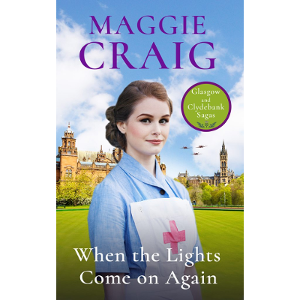
The Clydebank Blitz also has a chapter in my non-fiction book: When the Clyde Ran Red: A Social History of Red Clydeside. This gave me the opportunity to relate the true stories so many people had told me.
#ClydebankBlitz
